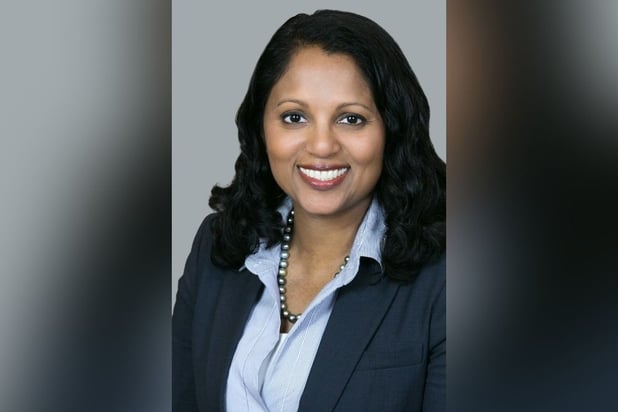

Delaware governor John Carney signed a bill on February 7, 2022, that amends the Delaware General Corporation Law (DGCL) to allow Delaware corporations to purchase and maintain directors’ and officers’ (D&O) liability insurance by or through captive insurance companies. The amendments to Section 145 of the DGCL make clear that Delaware corporations can use a captive insurance company to cover both indemnifiable and non-indemnifiable loss.
Prior to this, Delaware corporations were unable to provide indemnification to directors or officers for breach of fiduciary duty suits brought derivatively, or for bankruptcy suits. Traditionally, the solution for many companies was to purchase Side A D&O insurance to cover the non-indemnifiable exposures. However, the cost of Side A D&O insurance and the self-insured retentions have exploded in recent years, leaving many companies searching for an alternative solution.
With the amendments to the DGCL, well capitalized companies that are not worried about bankruptcy can think of using a captive insurance company as an alternative to purchasing the Side A part of D&O insurance, explained Priya Cherian Huskins (pictured), senior vice president, management liability, Woodruff Sawyer.
“I think there will be two types of companies that are interested in pursuing a captive structure for their D&O risk,” she said. “The first will be the kinds of companies that can afford to capitalize the captive. Capitalizing the captive will be expensive because of the nature of these risks. The insurance regulators are still coming up to speed on everything that’s going on, and it’s abundantly clear that D&O risk is very different from the low severity, highly predictable nature of a lot of risks that go into a captive, such as workers’ compensation. For that reason, people who are looking at captives as a way to save money are likely to be disappointed in the early days.
“The other category of company that may be very interested in a captive are those companies that find themselves unable to obtain sufficient insurance or insurance at all in the traditional insurance market. For example, cannabis and crypto companies are the classic example of companies that may be looking to a captive in order to protect directors and officers in a world where traditional insurance does not provide many options at all.”
The amendments to Section 154 of the DGCL include certain rules pertaining to the captive insurance company. For example, it must be regulated, and either licensed in Delaware or another jurisdiction. Corporations can obtain captive D&O coverage under a “fronting” arrangement with a third-party insurance company, but the funds to pay claims must be “fronted” to the insurer by the corporation.
Furthermore, the captive D&O policies must have certain coverage exclusions, including for any personal profit or financial advantage to which the covered person was not legally entitled, and for deliberate criminal or fraudulent acts. Any decision to pay for a claim under the captive D&O insurance policy must be made by a third-party administrator (TPA) or in accordance with Section 145’s existing requirements.
Complying with the complex laws, capitalizing the vehicle, and maintaining a captive strategy is no easy feat, according to Huskins. She commented: “The challenge with a captive strategy is that it always becomes less attractive as the cost of commercial insurance declines. And yet, once you set up a captive, and particularly if there’s a claim against the captive, you may not be able to unwind the captive quickly. So, a captive strategy for D&O insurance really is best for companies that have both the financial wherewithal to fund the captive, and the stamina and interest to be in the captive structure for a long period of time.
“For companies that are interested in pursuing a captive strategy, a smart way to proceed may well be to set up a monoline captive that’s intended to respond on an excess basis. That gives the company time to be thoughtful about the captive without the immediate pressure of trying to replace lower layers of the insurance program or all of the insurance program.”
Huskins said she thinks insurers will “welcome this development” in Delaware law because of the hard market conditions that have plagued D&O in recent years. There has been an increase in large derivative suit settlements that D&O insurance carriers have struggled to underwrite, predict, and price for appropriately. By creating this captive structure alternative for non-indemnifiable risks, Delaware has unleashed an opportunity for more creative collaboration between insurance carriers and their insureds, according to Huskins, who deemed it “a very constructive development”.
Regarding insurance brokers’ next steps, she said: “What Delaware has done really raises the game when it comes to the body of knowledge that a broker needs to have in order to be a D&O expert. Now is the time to study up and get smart, because there’s no question that clients will be asking their brokers for advice when it comes to whether or not a captive is a good option for them.”
